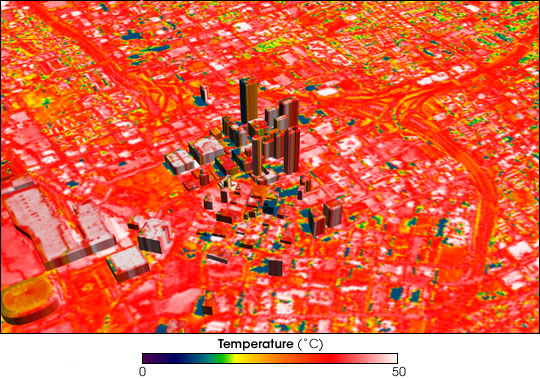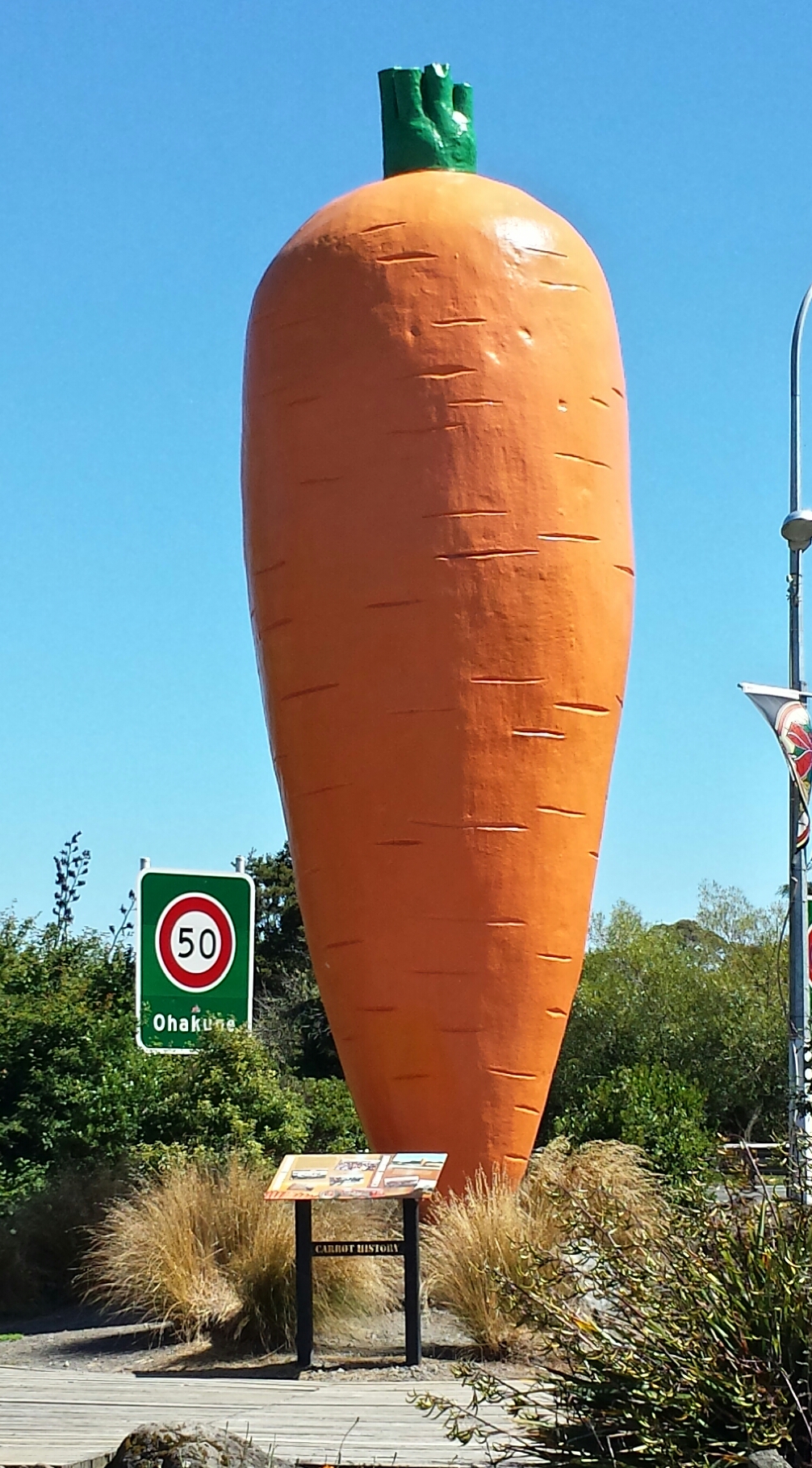
HEAT – So far, July 2023 has been the hottest on Earth in history. Sadly, that breaks the record just set in June 2023. The heat has set new records equally in Canada, United States, Mexico, Europe, Asia, and eastern Australia. If 2022 is any indication, the heat will be deadly: 11,000 people died from heat that year – every week. It was not just heat stroke; high temperatures and humidity are dangerous for people coping with heart and pulmonary conditions. The heat is coming both from the sun and from the very ground on which we stand. In this post, we’ll explore heat coming from above, as it affects cities.
Cities are especially prone to heat retention. A study based on satellite land surface temperatures from 2002-2021 revealed cities are 29% hotter than rural locations. In the United States, over 100 million people are presently under a “heat dome.”

Southern Europe is suffering, and heat is now reaching central states like Germany and Poland. The metal of the Eiffel Tower expands in temperatures over 40C, growing as much as 6 inches (0.152 meter). Paris, France reached 109F (42.7C) this summer, affecting the Tower, as well as those sweltering beneath in the nearby cafes.

Asia is also affected. In April 2023, a heat wave began in Asia that caused 179 deaths and 460 hospitalizations in India. Schools were closed in Odisha; blackouts in power stations affected Lucknow. Singapore had the warmest month of May on record in 2023. China recorded a temperature of 125 degrees Fahrenheit (52.2C) recently.

Cities are not only the hottest places on the planet, they are becoming the future. By 2050, 68% of the world’s population will live in cities. In 1960, there were only two mega-cities (with populations over 10 million: New York and Tokyo. In 1990, there were ten; in 2014, 28. By 2040, there will be 40 cities with over 10 million people. In our era of global warming, heat is and will continue to be an urban problem. Where can solutions be found?

SOLUTIONS – Immediate
Create a Heat Risk Map for your city – Durban, South Africa; New York, USA; and Toronto, Canada have already posted heat vulnerable areas online, using Landsat data.
Install sensors to measure surface temperature and humidity – Madrid, Spain has launched a sensor network system.
Develop a Heat Action Plan for your city, working with local communities and councils. Ahmedabad, India saved over 1,000 lives since the city launched its Heat Action Plan in 2013, the first South Asian city to do so. A new version is updated yearly.
Open Cooling Centers and a finder map via an app: Washington DC, USA,; Paris, France; Athens, Greece, and Rotterdam, Netherlands have created apps that indicate the closest cooling center.

SOLUTIONS – Longer Term
Plant trees, bushes, heat-absorbing vegetation to relieve urban heat.
Encourage green roofs and green walls in which a layer of vegetation grows upon a building’s surface to absorb sun and heat.
Upgrade building codes to specify cooling materials for construction, especially roofs.
Paint roofs with white paint, including one developed by Professor Xiulin Ruan and team from Purdue University that reflects sun and heat away from buildings, reducing heat by 98%.
Repave city streets and sidewalks – these surfaces cover 40% of a city’s land. Innovations in pavements include higher permeability to cool surfaces by evaporation.
Support research and development for new kinds of fans and air-conditioning. As the world warms, demand for air-conditioning will increase, especially in dense cities.

Summary: we are only now beginning to experience the heat of global warming. Large cities will become dangerous due to urban density, construction, and paved surfaces. But cities are also most able to respond quickly and to test innovations. What are conditions in your area? What are your ideas for responding to urban heat?
Brooke, K . Lusk. “Mega-Cities from 1960 to 2020 – growth and predictions.” Pages 110-120, Five Foundations for Building a Better World, 2018.
C40. “How to Adapt your City to Extreme Heat.” https://www.c40knowledgehub.org/s/article/How-to-adapt-your-city-to-extreme-heat?language=en_US
Cappucci, Matthew, with contributions by Jason Samenow, “Coast-to-coast heat home sends temperatures soaring, threatens all-time records.” 13 July 2023. The Washington Post.
Gallego, Mayor Kate. “Phoenix mayor on how the city is coping with heat above 110 degrees every day of July.” 25 July 2023. All Things Considered. National Public Radio interview with Juana Summers. AUDIO: https://www.npr.org/2023/07/25/1190062458/phoenix-mayor-on-how-the-city-is-coping-with-heat-above-110-degrees-every-day-of
Li, Xiangyu, et al., “Full Daytime Sub-ambient Radiative Cooling in Commercial-like Paints with High Figure of Merit.” 21 October 2020. Cell Reports Physical Science, Volume 1, Issue 10. https://doi.org/10.1016/j.xcrp.2020.100221
Liu, Zihan, et al., “Surface warming in global cities is substantially more rapid than in rural background areas.” 29 September 2022, Communications Earth & Environment 3, 219 (2022). https://doi.org/10.1038/s43247-022-00539-x
Madrid, Spain. “Sistema de Vigilancia de la Calidad del Aire del Ayuntamiento de Madrid.” https://www.mambiente.madrid.es
Purdue University. “The whitest paint is here – and it’s the coolest. Literally.” 15 April 2021. Purdue University News. https://www.purdue.edu/newsroom/releases/2021/Q2/the-whitest-paint-is-here-and-its-the-coolest-literally.html
Sherriff, Lucy, “The simple ways cities can adapt to heatwaves: Satellite images reveal how green spaces, white roads, and water features are helping keep cities cool during deadly heatwaves.” 6 July 2023. BBC Future Planet. https://www.bbc.com/future/article/20230706-the-simple-ways-cities-can-adapt-to-heatwaves
Great appreciation to Rachael M. Rusting for sharing research.
Building the World Blog by Kathleen Lusk Brooke and Zoe G. Quinn is licensed under a Creative Commons Attribution-NonCommercial-NoDerivs 3.0 U



